
I was still a child when I heard on the news that more than 100 heads of state met in Rio de Janeiro to discuss environmental issues. It was 1992, and the meeting was called Earth Summit RIO-92. It was the first convention organized by the United Nations on sustainability. Like most of the children at that time, I didn’t understand why this meeting was necessary. 26 years later, I had the chance to attend to one of these UN meetings, COP24, another RIO-92 outcome.
Global warming has become a very familiar term in my generation as we grew up hearing about it. Today the subject is a hot topic on the global agenda. Last October, the UN Intergovernmental Panel on Climate Change (IPCC) published an alarming special report on the impacts of climate change if the average global temperature was to increase beyond 1.5°C. This IPCC report was broadly used as a scientific guide during climate negotiations at the United Nations Climate Change Conference this year in Poland (COP24).
COP24 was considered the most important COP since the Paris Agreement because it should define a “rulebook” for its implementation. It brought together 28,000 participants from 197 countries, among them politicians, government representatives, NGO’s, media, scientists, businesses and activists. A unique opportunity to meet incredible people and hear their experiences on what’s being done to tackle climate change in their countries.
The conference ended last Saturday, delayed by 24 hours. You can view the outcomes of the conference here and here. In summary, nations finally agreed on the expected rulebook. However, they failed to raise their ambition to keep global warming “well below 2°C”.
For three weeks, I followed COP24 up closely as an active attendee. I share here my main takeaways from this experience:
1. The technology is available, the commitment is missing
One of the nicest things about attending a climate conference is to see so many initiatives aiming to save the planet, gathered in only one place. From social entrepreneurs to large corporations. From technologies that have been around for decades to disruptive ideas. All there, showing off the obvious. In order to speak about the obvious in a non-obvious way (and perhaps convince those who still doubt the solution for the climate crisis), an astronaut – Mae Jemison, the first African American woman to go into space, was invited to give a speech at COP24.
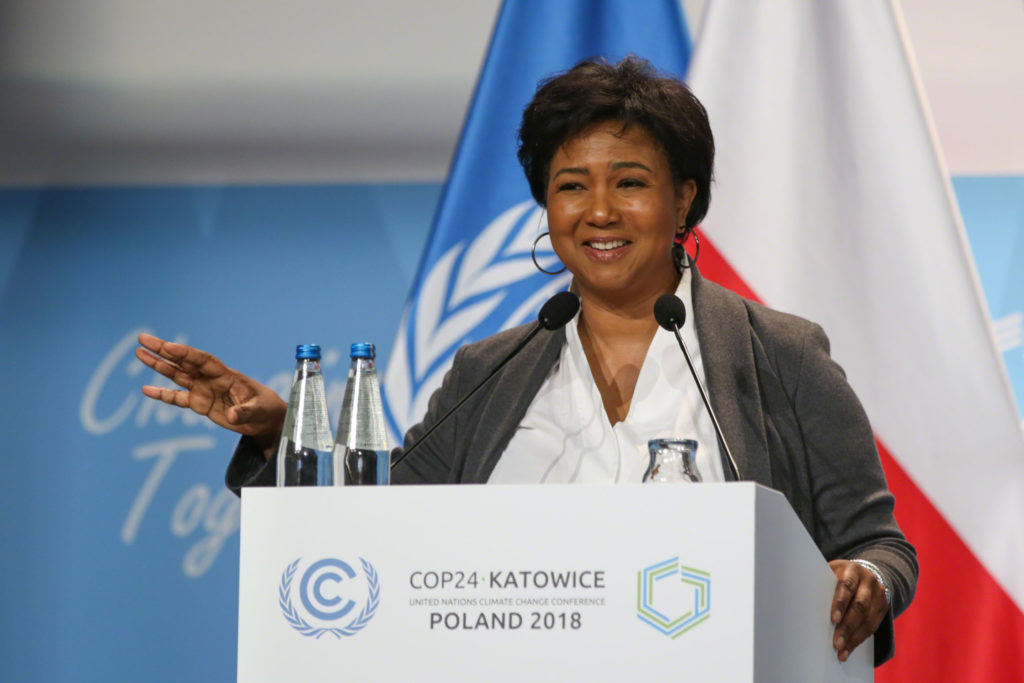
Speaking from the point of view of someone who has seen the earth from another angle, she said: “the technology needed to solve the climate crisis is already available. What is missing is the commitment”. And if you are one of those who believes that if everything goes wrong, we move to Mars, Mae Jemison warns: “Even if I dream of going to Mars, Mars is not a plan B for our civilization and our species. The Earth does not need us. It is us who need the Earth”.
2. Consensus doesn’t appear to be a consensus
There is a consensus in the scientific community that the impacts of climate change go beyond geopolitical boundaries. Therefore, the nearly 200 nations at COP24 need to achieve a common goal. Here lies the biggest challenge of multilateralism. Each nation has different interests, hence reaching consensus is almost impossible – which is why the end of COP24 was delayed by 24 hours after 14 days of intense negotiations. As said by one Spanish minister: “It is very difficult. It is like organizing a party for 200 friends, and there is a single menu that everyone has to eat. It is not easy”.
The Paris Agreement has finally survived the challenge of multilateralism. However, most countries have refused to increase their targets’ ambition, and some even tried to hamper the negotiation. Even the IPCC report, commissioned during COP21, has not survived the lack of consensus. US, Russia, Kuwait and Saudi Arabia allied to refute it, demonstrating their governments’ lack of respect for science and multilateralism.
The consensus at this COP seems to have prevailed only when the national leaders wanted to show that ‘they kept their word’ (for the Paris Agreement).
3. Climate action is a business opportunity
In one of the sessions I attended about the role of business in a climate change context, it was very clear what companies that anticipated the climate crisis think about it: “Companies need to come off the defensive and stop denying that their business has nothing to do with climate change”, said one executive of a large American multinational. Responding to a question from the audience about Trump’s declarations of pulling the US out of the Paris Agreement, he said: “Our business is not based on an election-cycle, we seek a long-term solution that goes beyond a presidential term”.
Such companies were there seeking to understand how the private sector can transform a challenge into a business opportunity. Another inspiring example is the Solar Impulse Foundation, initiated by Bertrand Piccard – an entrepreneur and explorer who completed the first solar-powered aircraft circumnavigation of the world. Solar Impulse is currently looking for 1000 solutions that have the potential to change the world. According to Piccard, climate action is good for business: “energy efficient building and environmentally friendly solutions are the biggest business opportunity of the century”.
4. The power of the youth
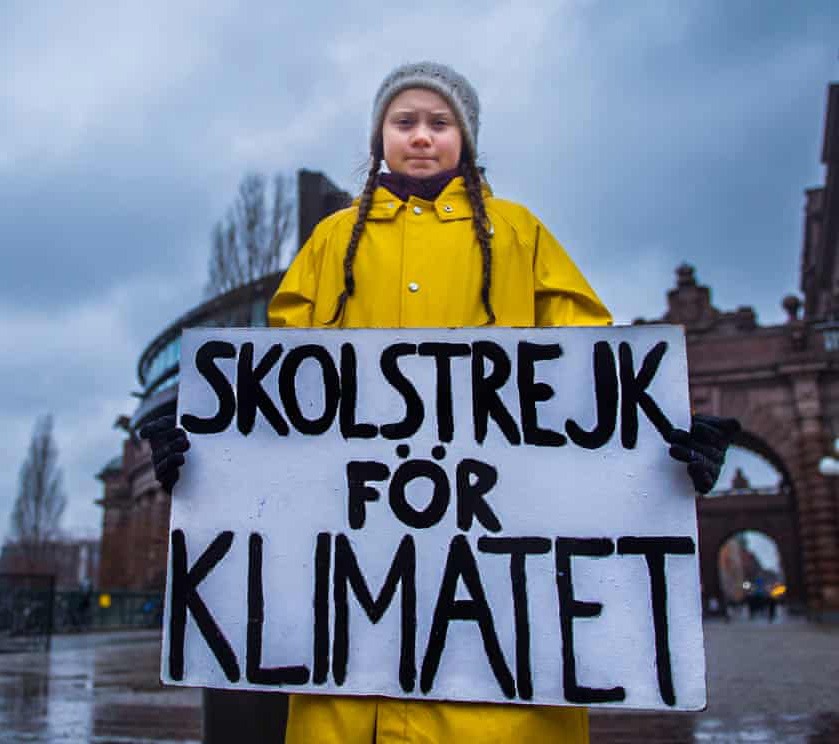
COP veterans told me they were impressed to see so many youngsters at the conference. The younger generation is demanding and calls for action. An example that has become worldwide known is Gretha Thunberg, a 15-year-old Swedish girl who started a movement called #FridayStrike. Instead of going to school, she decided to sit in front of the parliament every Friday until the Swedish government takes action on the climate crisis. A naive and childlike attitude? She describes:
“On the first day it was very cold, it was raining, I was alone. On the second day, people started to join me”
Gretha became an icon of climate activism and her lonesome movement gained followers worldwide. More than 20,000 students joined the movement annoying their governments in Australia and London. Gretha’s speech at COP24 left a clear message for the countries’ representatives:
“You say you love your children above all else, and yet you are stealing their future in front of their very eyes […]. Until you start focusing on what needs to be done rather than what is politically possible, there is no hope. We cannot solve a crisis without treating it as a crisis.”
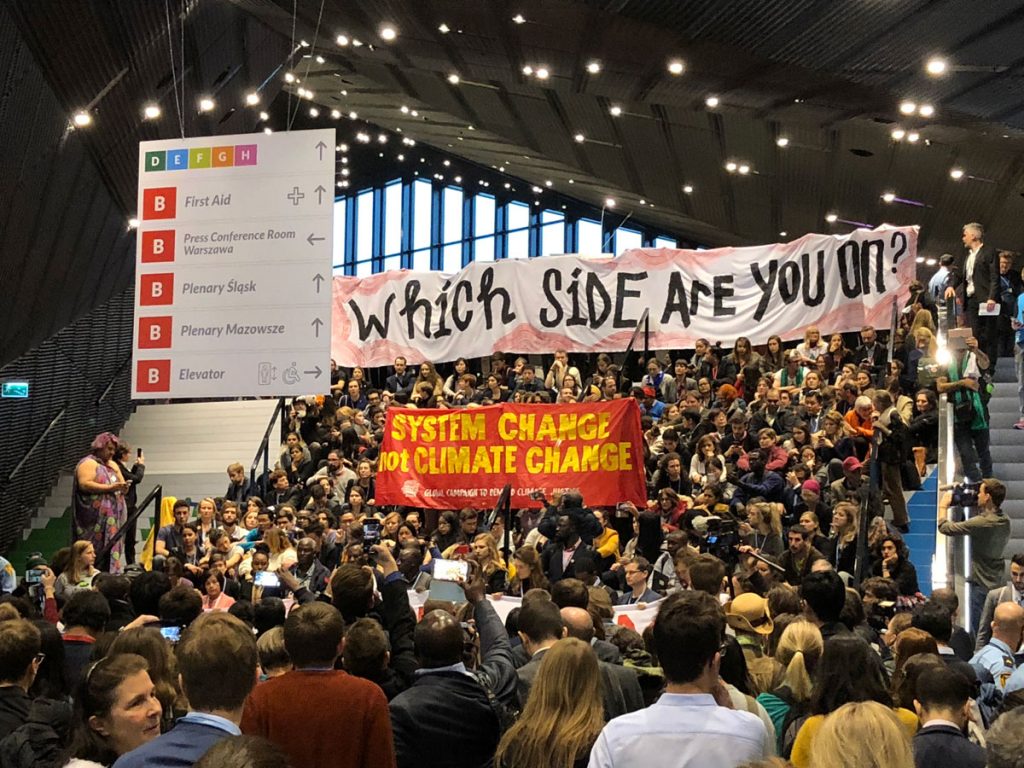
5. Science is not the absolute truth, but the best available knowledge
The number of climate deniers is on the rise. In my opinion, this is mostly due to political reasons rather than an authentic doubt about the credibility of scientific facts. It is [almost] impossible to deny so much scientific evidence linking recent extreme weather events to climate change. The subject is in the media almost every day and there is plenty of information available. A year ago, 15,000 scientists from around the world launched their second “Alert to humanity” to warn about the urgency of acting against climate change. The first alert was launched 25 years ago. Scientifically based and free information about the topic is available on Scientists Warning website.
One of my biggest disappointments in this COP was the non-endorsement of the IPCC report by some nations. Although the majority of them recognized the crucial role of science, I feel a bit concerned about the future. If not even science can convince governments about the need of action, what then? I once heard something that makes total sense in times of climate-denialism: “Science is not the absolute truth, but the best available knowledge”.
6. The battle against fossil fuels is far from over
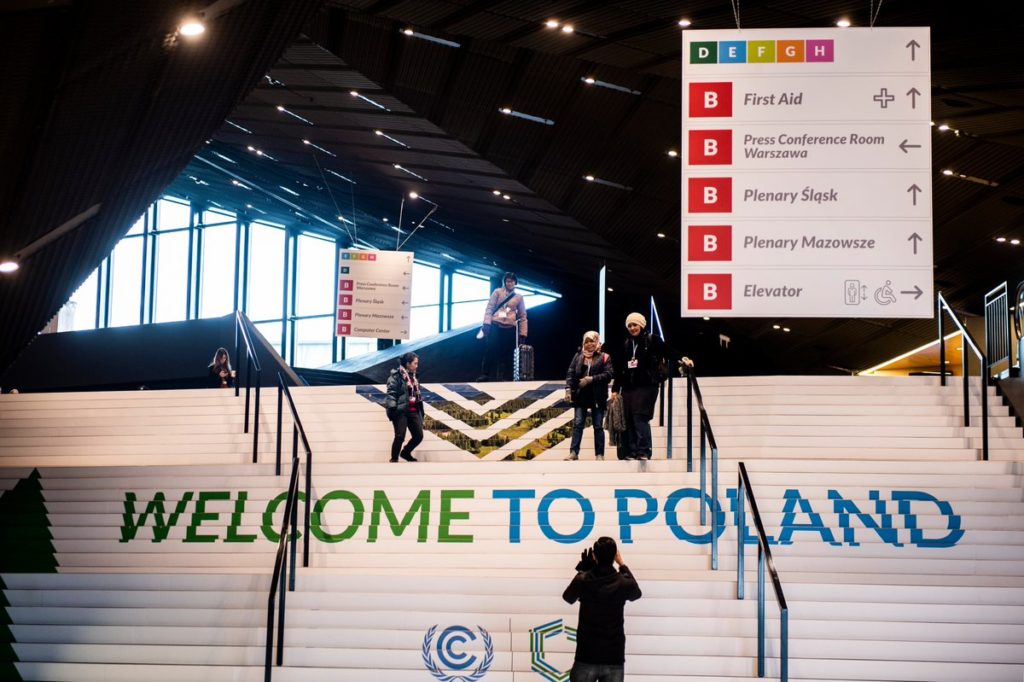
Despite being considered the number one cause of climate change, the battle against fossil fuels is by far the hardest. Even in a climate conference. COP was hosted three times in less than 10 years in Poland – which produces 80% of its electricity from coal. This year, it took place in the country’s largest coal-producing region. Katowice is surrounded by coal mines and power plants, it has the worst smog in the EU and it is difficult to breath. Proud to host yet another COP, the Polish government placed coal at the center of the conference. The sponsors of the event were Polish coal and gas companies and the Polish pavilion looked like the temple of the “black gold”. There everything was made of coal: walls, floor, shelves, even coal soap, and jewelry. Sounds like a joke, but it’s not.
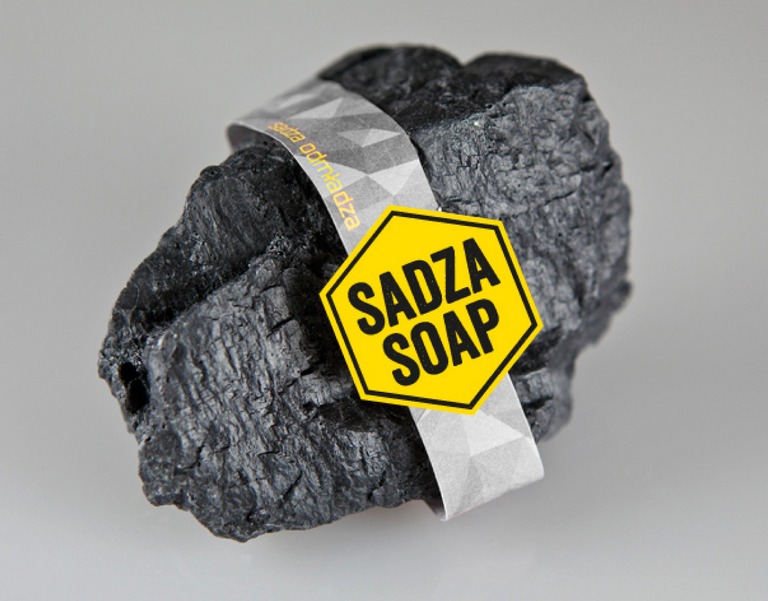
To complete the apology to the fossil fuels, two side events discussed ways to accelerate their economy with coal and oil. The first, under the title “Innovative US Technologies That Boost Economic Dynamism” was promoting the “white coal” when activists invaded the room singing “keep it in the ground”. Right next door, Saudi Arabia was presenting new techniques for the extraction of gas and oil. Yes, during a climate conference! The transition to a clean energy world seems increasingly farther away when some nations’ economies that rely on fossil fuels aren’t willing to look for sustainable alternatives.
Climate change is the single greatest challenge that humanity will face in this century. Urgency was the word that I heard the most during COP24. Nevertheless, this urgency isn’t in line with the attitude of the governments in face of a climate crisis context. Despite all this, what makes me positive about the future is to see, wherever I look, people, full of hope and tired of waiting, changing the world!
I conclude with a short speech from a UN official named Martin Frick, transcribed by Dorothée Moisan:
“Change happens very slowly, unbearably too slowly, so much so that at one point we are ready to despair that this change can ever take place. But it is exactly at that moment that you are only a few millimeters away. I had the privilege of being in East Berlin in August 1989, talking with people who were convinced that they were not going to see a regime change while they were alive. Two months later, it was over.”
- Going Deforestation-free: What’s the Role of Corporations? - November 5, 2019
- Green Berlin #1: Sustainability Initiatives in the City (October) - October 2, 2019
- The Amazon is still burning & what you can do about it - September 9, 2019
